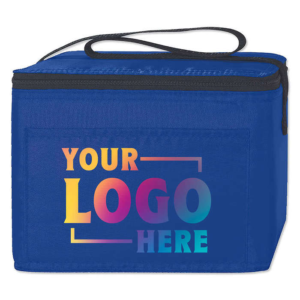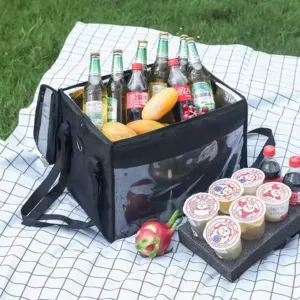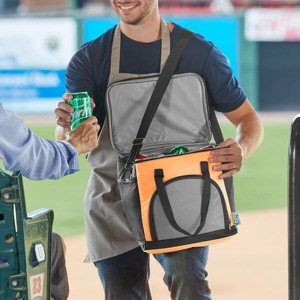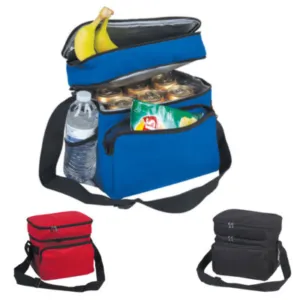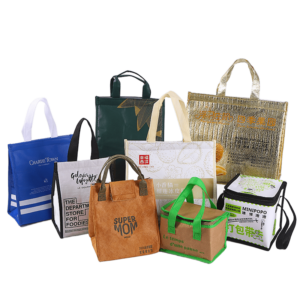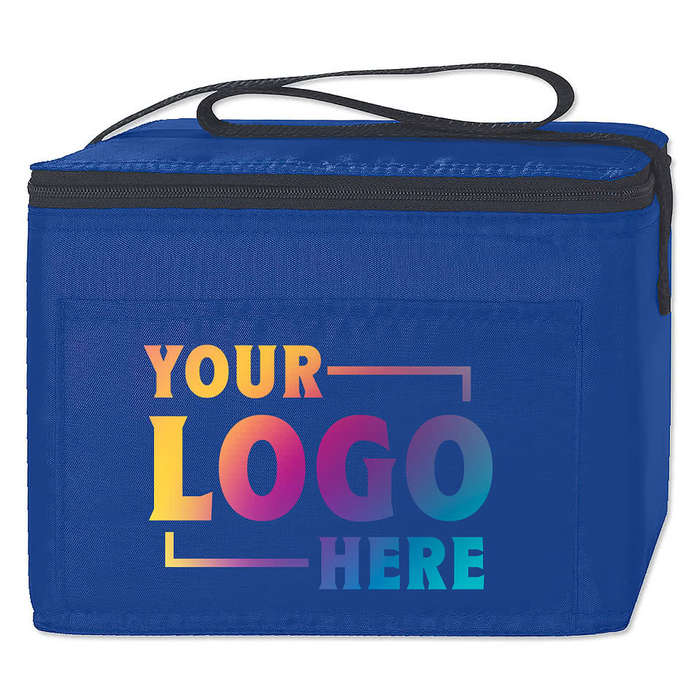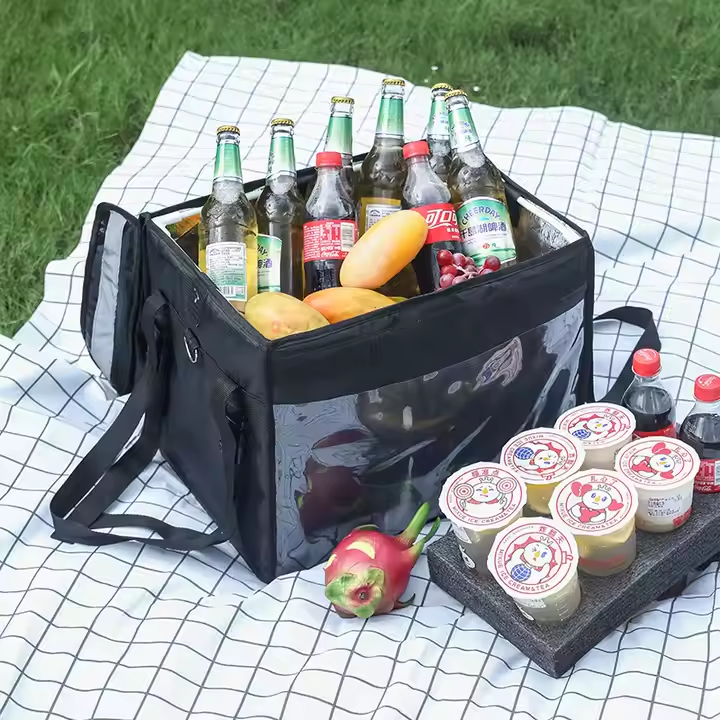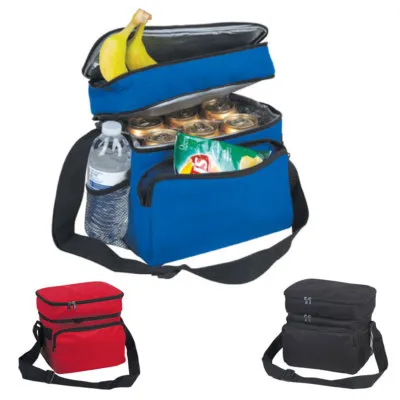Reusable cooler bags are a cost-effective and eco-friendly choice for keeping food and drinks cold. This article explains their average lifespan1, key factors affecting durability, and tips for maximizing use, based on material and build quality.
What’s the Lifespan of a Reusable Cooler Bag?
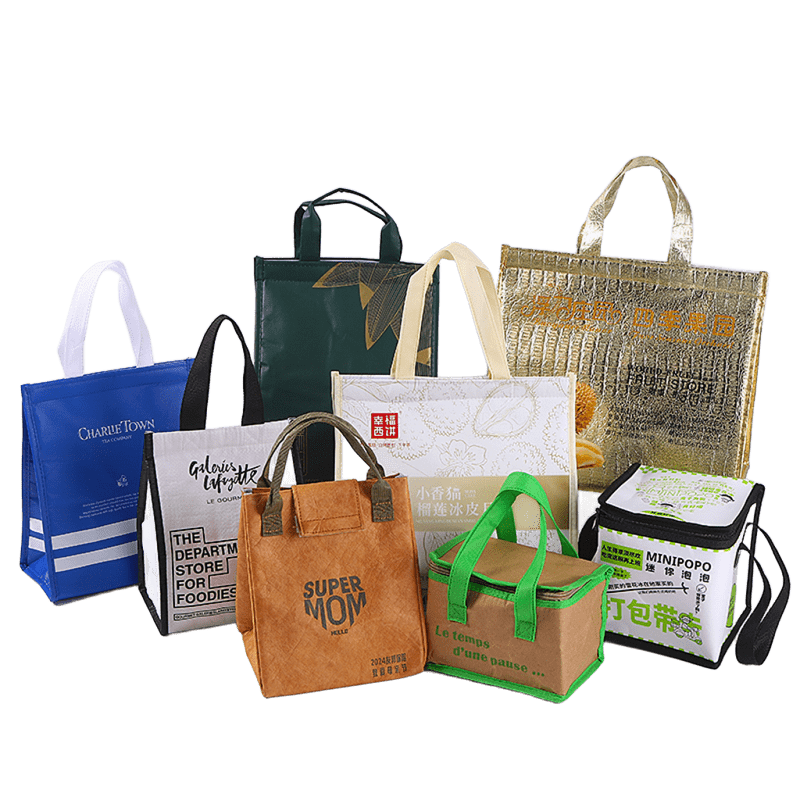
A high-quality reusable cooler bag can last 3–5 years, and premium models may last over 7 years with proper care. Budget versions may last only 1–2 years.
Choose the right bag and care for it well to enjoy long-term performance.
Material Quality
Durable materials determine how long a cooler bag will last. Common high-performance options include high-density polyester2, TPU-coated fabrics, and reinforced nylon3. These materials resist tears and withstand environmental stress better than low-cost fabrics.
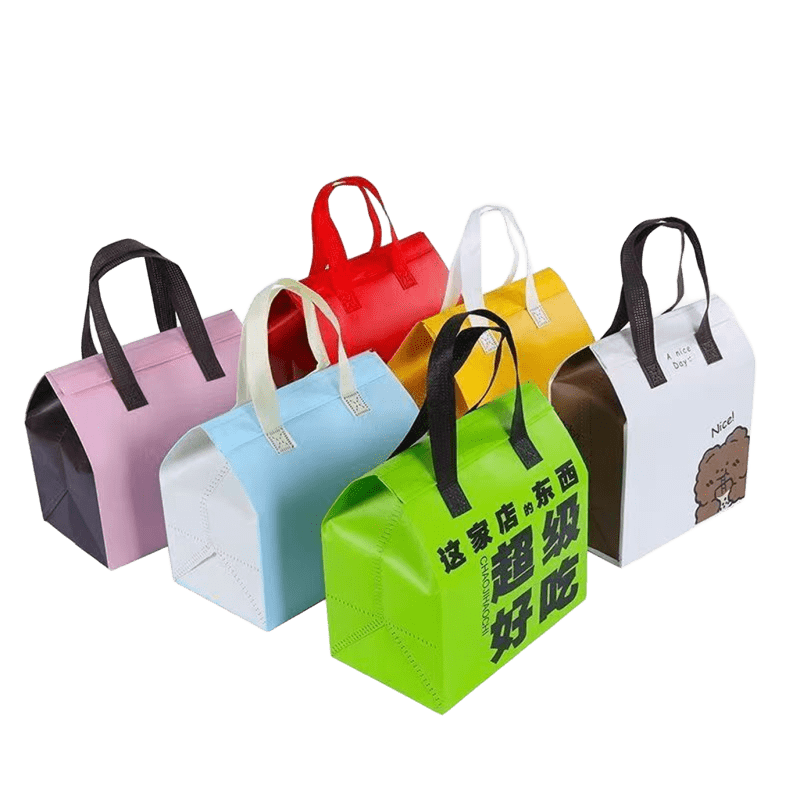
Why Material Matters
High-density polyester offers water resistance and holds shape well. TPU-coated fabrics provide extra protection against moisture and abrasion. Reinforced nylon balances flexibility with toughness. Lower-quality fabrics like thin polyester or uncoated canvas wear out faster, especially when exposed to water or sun.
| Material Type | Durability Level | Moisture Resistance | Flexibility | Typical Lifespan |
|---|---|---|---|---|
| High-density polyester | High | Good | Medium | 4–6 years |
| TPU-coated fabric | Very High | Excellent | Medium | 5–7 years |
| Reinforced nylon | High | Good | High | 4–6 years |
| Thin polyester | Low | Poor | Medium | 1–2 years |
The better the material, the more years you get before seams split or insulation loses shape. Investing in top-grade materials often pays off in fewer replacements and better insulation performance.
Construction Quality
The way a cooler bag is built impacts how well it withstands frequent use. Reinforced stitching, heavy-duty zippers4, and sealed seams prevent early wear and leaks.
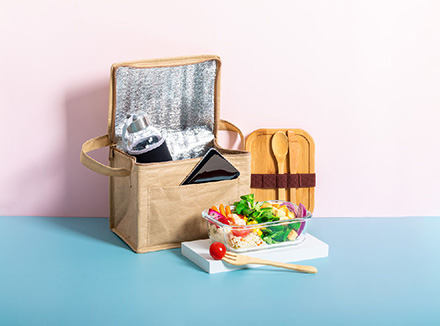
Build Features That Add Years
Reinforced stitching distributes stress across seams, preventing rips. Heavy-duty zippers resist snagging and breaking. Heat-sealed seams keep insulation intact and stop water seepage. Without these, even strong materials may fail quickly.
| Feature | Benefit |
|---|---|
| Reinforced stitching | Prevents seam tears |
| Heavy-duty zippers | Last longer and resist jamming |
| Heat-sealed seams | Maintain insulation and prevent leaks |
Even if two bags use similar fabrics, the one with better construction will outlast the other. Checking build quality before purchase can save money and reduce waste.
Usage Frequency and Handling
The way a cooler bag is used directly affects its lifespan. Overloading, frequent use, and rough handling can shorten its service life.
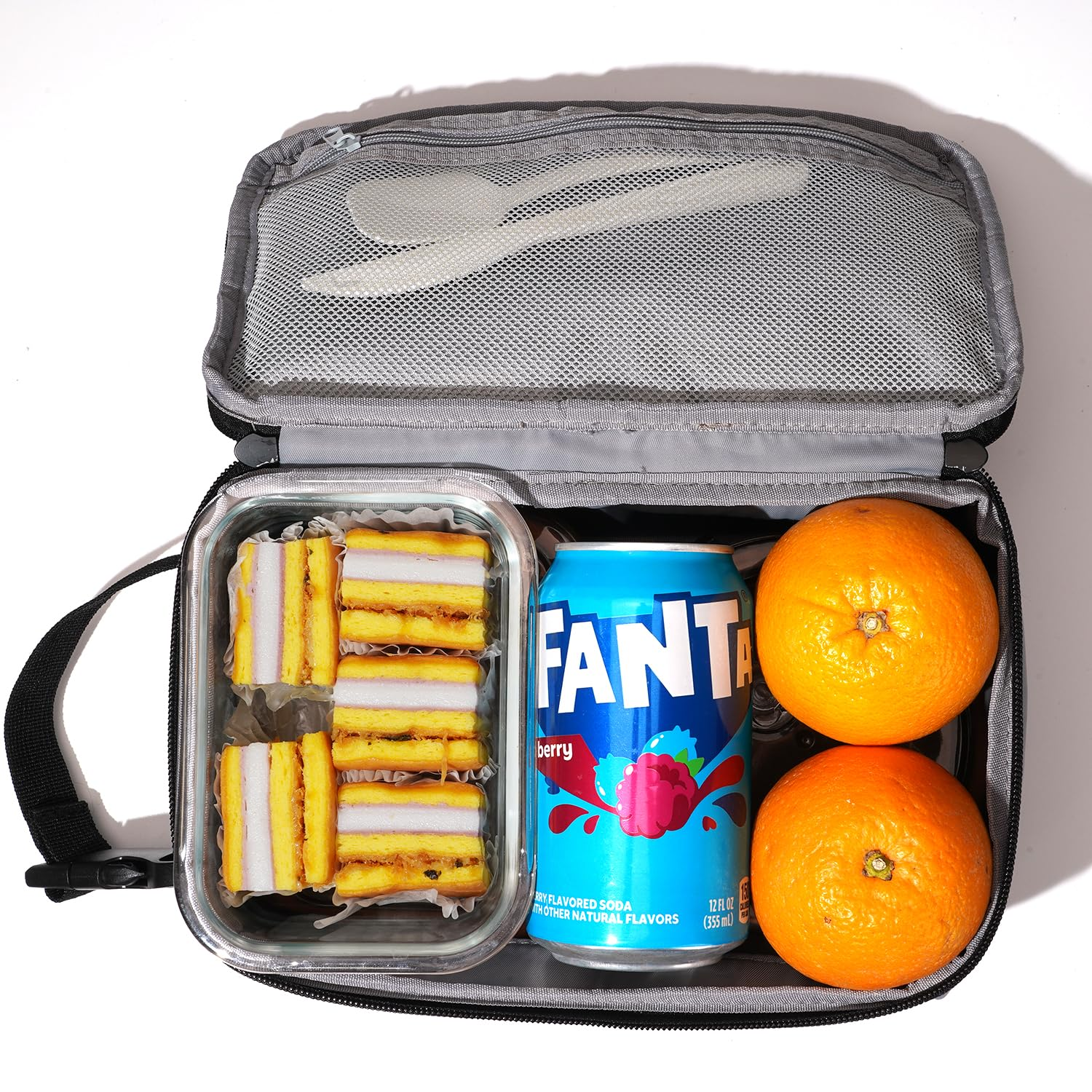
Common Wear Patterns
Heavy loads stress handles and seams. Frequent opening and closing can strain zippers. Dropping or dragging the bag damages the base. For occasional use, bags last much longer. For daily or heavy use, choose industrial-grade construction5.
| Usage Type | Wear Speed | Recommended Lifespan |
|---|---|---|
| Occasional | Slow | 5–7 years |
| Weekly | Moderate | 3–5 years |
| Daily heavy use | Fast | 1–3 years |
Gentle handling, correct loading, and avoiding sharp objects inside can slow down deterioration.
Care and Maintenance
How a cooler bag is cleaned and stored has a big impact on longevity. Proper care prevents mold, odors, and material breakdown.
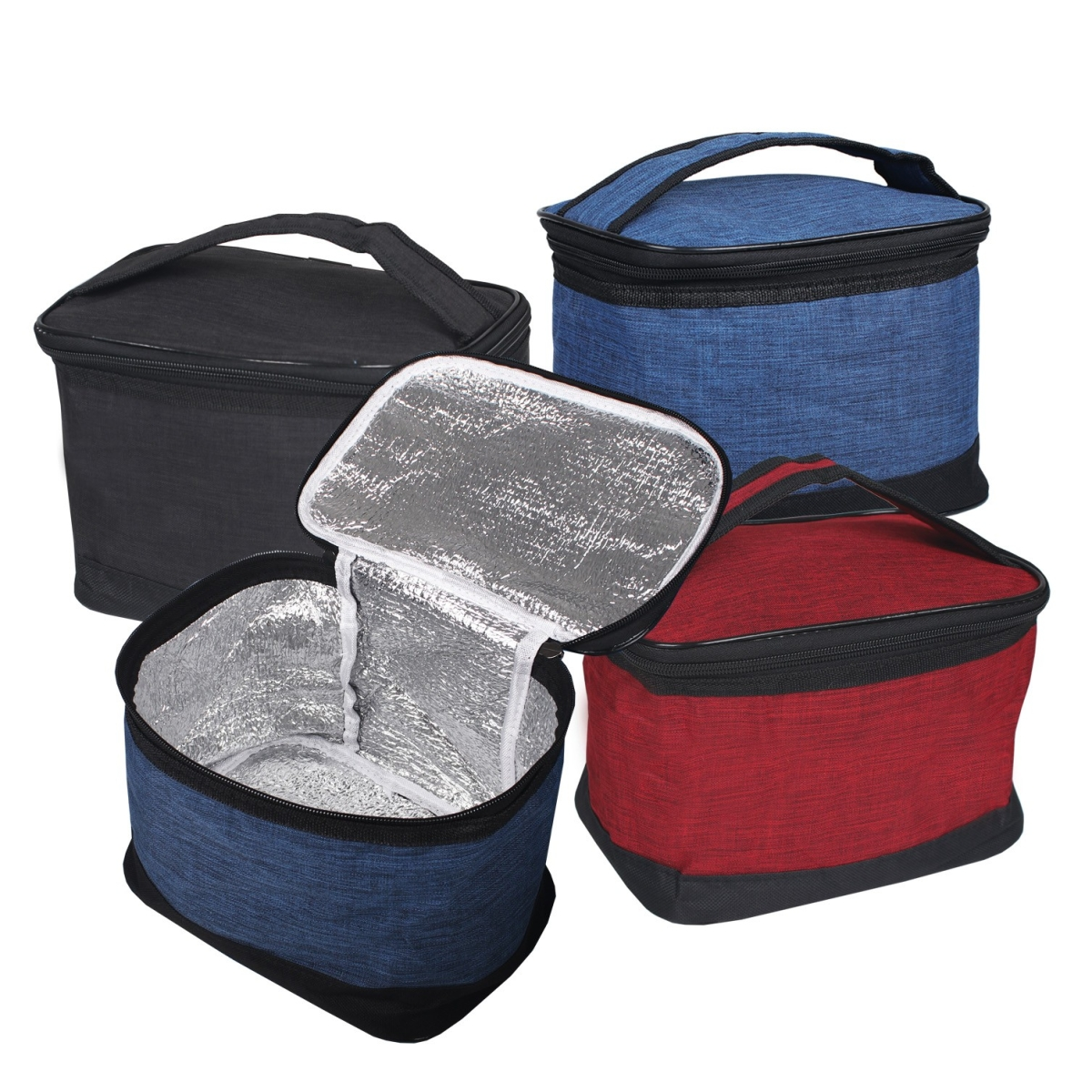
Best Practices
Clean the bag after each use with mild soap and water. Dry it fully before storage to prevent mold. Store in a cool, dry place away from direct sunlight. Avoid placing heavy items on top of it when stored.
| Care Action | Effect on Lifespan |
|---|---|
| Regular cleaning | Prevents mold and odor |
| Full drying before storage | Stops material degradation |
| Avoiding sunlight exposure | Reduces fading and cracking |
Bags that are well-maintained often outlast identical models that are neglected.
Environmental Exposure
Environmental conditions slowly wear down even the best cooler bags. UV light, extreme temperatures, and high humidity can damage fabrics and insulation.
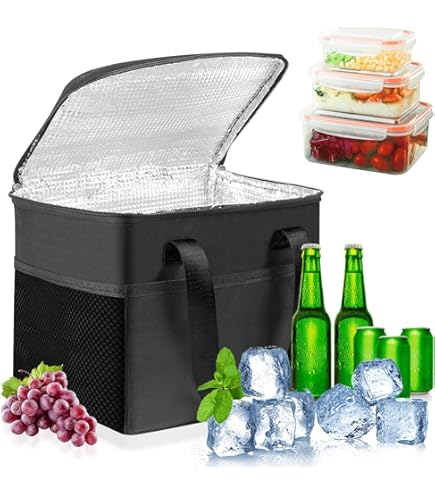
How Environment Changes a Bag
Sunlight breaks down synthetic fibers over time. High heat can deform insulation foam. Cold and moisture may cause stiffness or mildew. If used mainly indoors or in mild climates, cooler bags will last longer than those used in harsh outdoor conditions.
| Environmental Factor | Damage Caused | Prevention Tip |
|---|---|---|
| UV light | Fabric weakening, fading | Store away from sunlight |
| Extreme heat | Insulation deformation | Avoid leaving in hot vehicles |
| High humidity | Mold and mildew | Keep dry and well-ventilated |
A cooler bag’s environment can cut its lifespan in half if not managed properly.
Conclusion
A reusable cooler bag can serve well for years when made from durable materials, built with strong construction, and cared for properly. From my own experience supplying high-quality insulation bags to global buyers, the customers who invest in better materials and follow care tips often use the same bag for 5 years or more. If you have your own tips for making cooler bags last longer, share them in the comments below.
-
Learn about the expected lifespan of cooler bags to make informed purchasing decisions. ↩
-
Find out why high-density polyester is a preferred material for durable cooler bags. ↩
-
Explore the advantages of reinforced nylon for durability and flexibility in cooler bags. ↩
-
Discover how heavy-duty zippers contribute to the longevity and reliability of cooler bags. ↩
-
Understand the benefits of choosing industrial-grade cooler bags for heavy use. ↩


